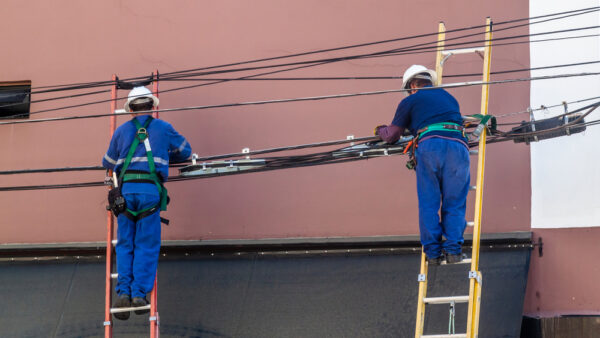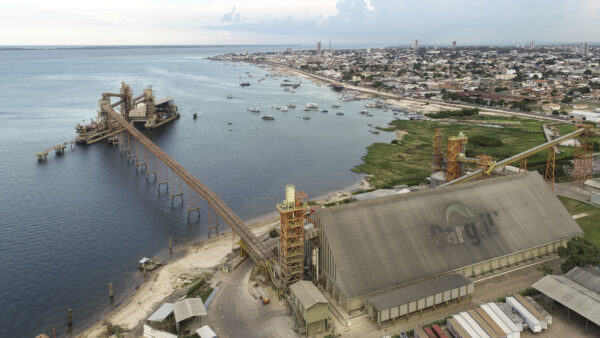Brazil’s credit concentration fell over the last three years
Practically a decade since the opening of the acquiring and payments market through new regulations, which gave way to the opening of the banking sector, the level of industry concentration continues to fall in Brazil, according to the Central Bank’s latest Banking Report.
State of play. The four largest banking conglomerates in the country (Itaú, Bradesco, Banco do Brasil, and Caixa) ended 2023 with 57.8 percent of the credit market and 57.9 percent of total deposits — down 1.1 and 1.8 percentage points, respectively, compared to 2021.
- According to the Central Bank, the drop in banking concentration is associated with the performance of non-bank institutions in the credit card and lending markets in general, as well as the growth of credit cooperatives in segments such as overdrafts and working capital.
- Until 2020, the Central Bank used the summed data on deposits and credit from the five largest banks in Brazil as a concentration parameter. In 2021, this metric was changed to include only the four largest institutions, which makes long-term comparisons difficult.
- Still, it is possible to say that banking concentration has fallen by at least 10 percent in the last decade.
Inclusion. Another important point is that most people attracted to fintechs were either unbanked or under-banked — that is, people with no credit history or with a higher risk of default. So the...


 Search
Search











































